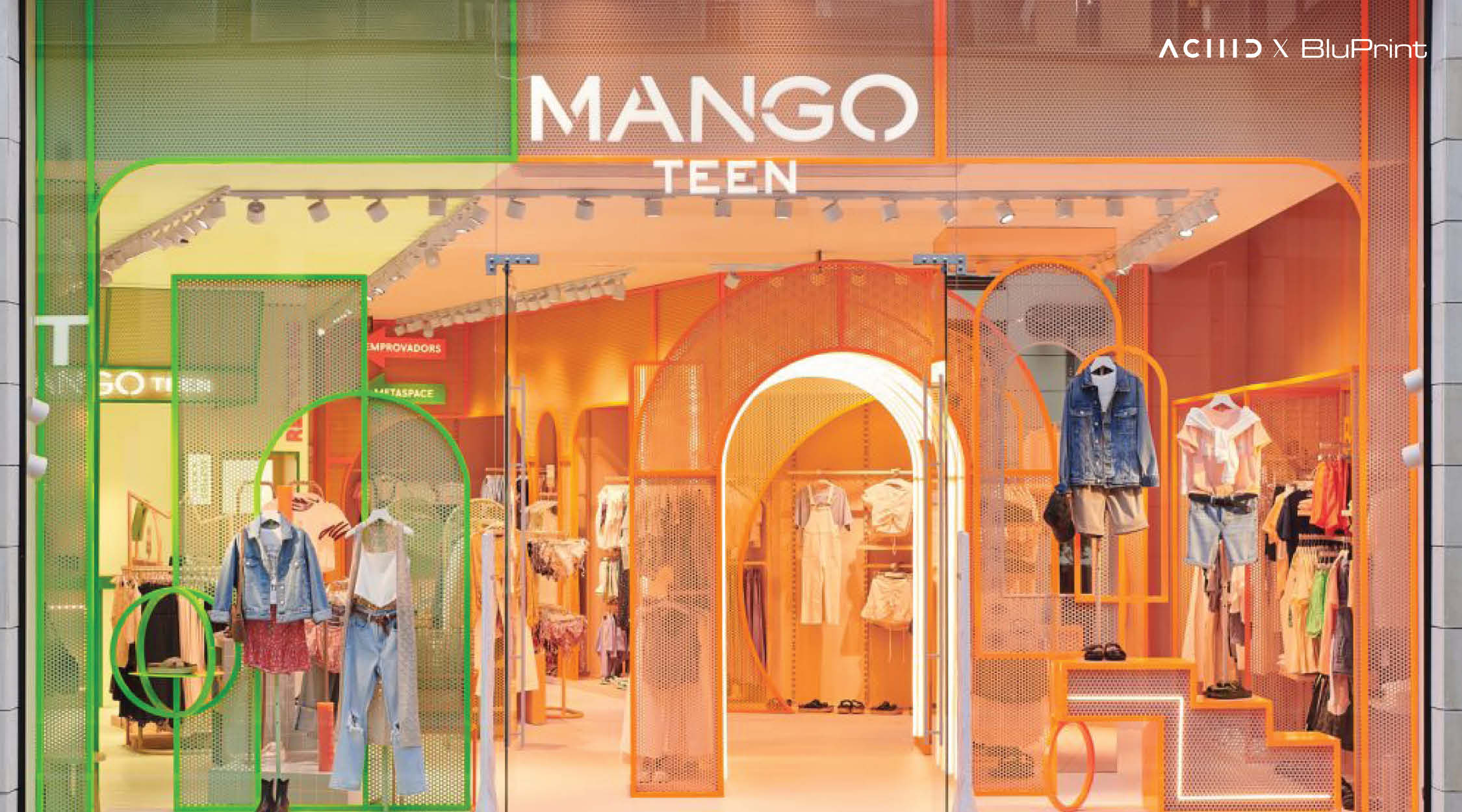
ACIIID Trend Report: Traveling To The Future
In the last few decades, we have been witnessing new futuristic aesthetics emerge in design, woven into the development of new technologies, and the race to conquer new businesses outside of the world—such as space tourism and the creation of colonies on Mars. This progress in space exploration has been fueled by the competition between the billionaires’ Jeff Bezos, Elon Musk, and Richard Branson, who have made a growth in the global space economy through their investment, which in 2020 had a value of $424 billion, according to research from the Space Foundation.
This phenomenon of interrelation between space and futuristic design happened also back in the 50s and up to the 70s, a period of time called the “space age” — where some countries had a race to be the first to land on the moon. These scientific global events eventually filtered into pop culture and were subsequently reflected in contemporary art and design.
However, we are now witnessing futuristic reflections of human curiosity of various space scenery through architectural spaces, utilitarian objects, and art.
Chris Schanck: Off-World
Chris Schanck: Off-World exposition at the Museum of Arts and Design in New York is the perfect example of the conceptual exploration of intergalactic travel in sculpture and in furniture design. Through his works, he relates tales from other planets, inspired by literature and film.
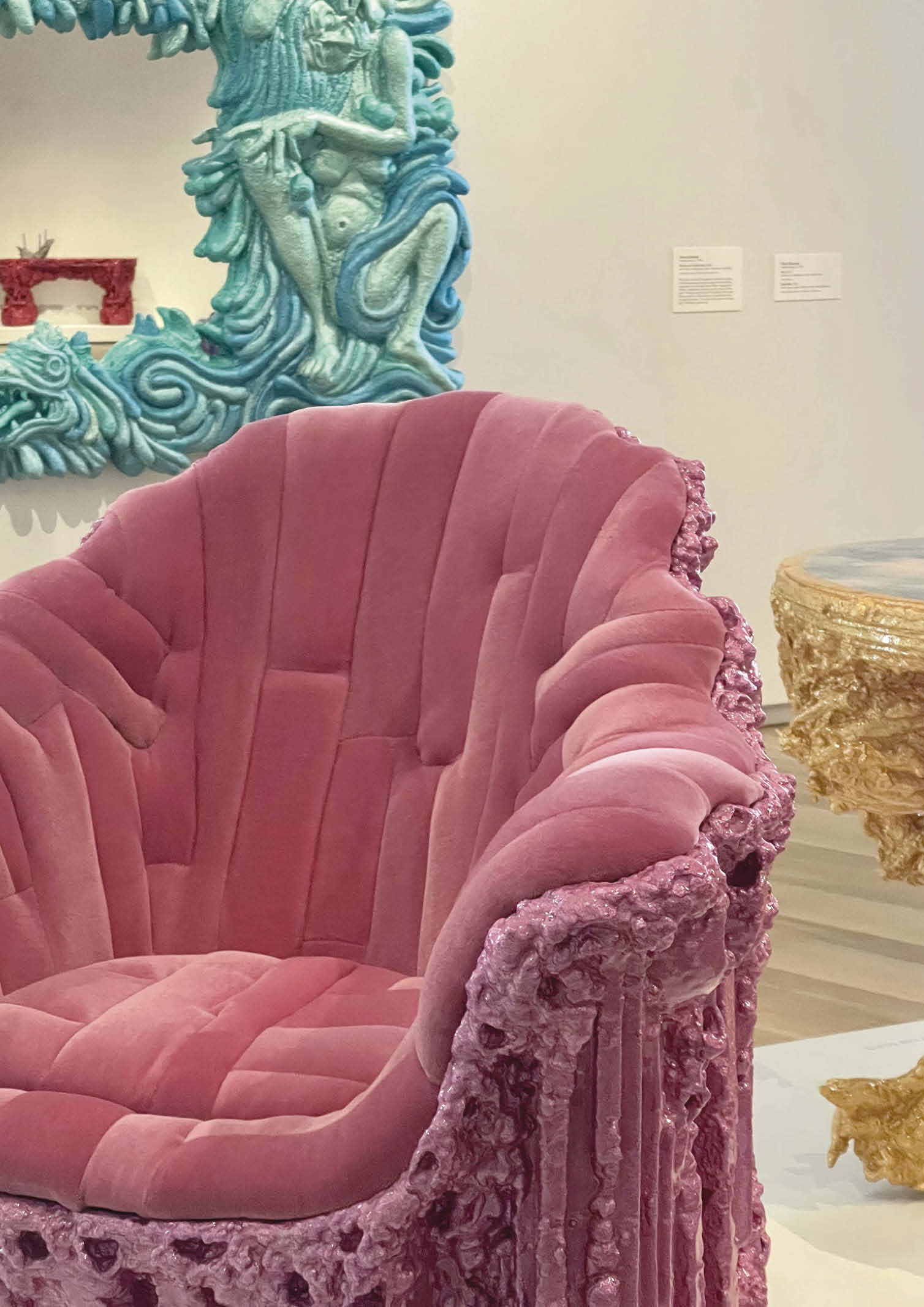
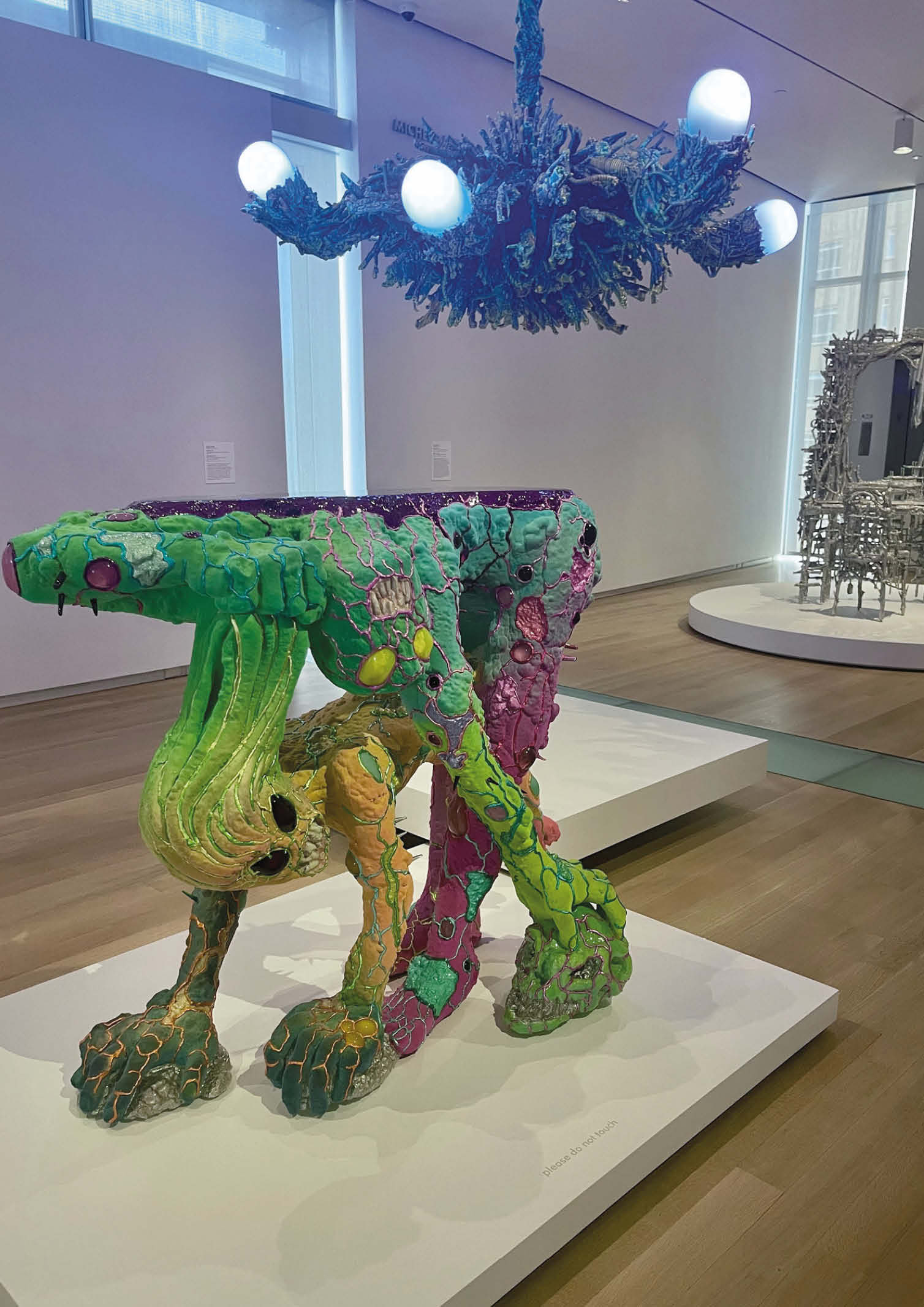
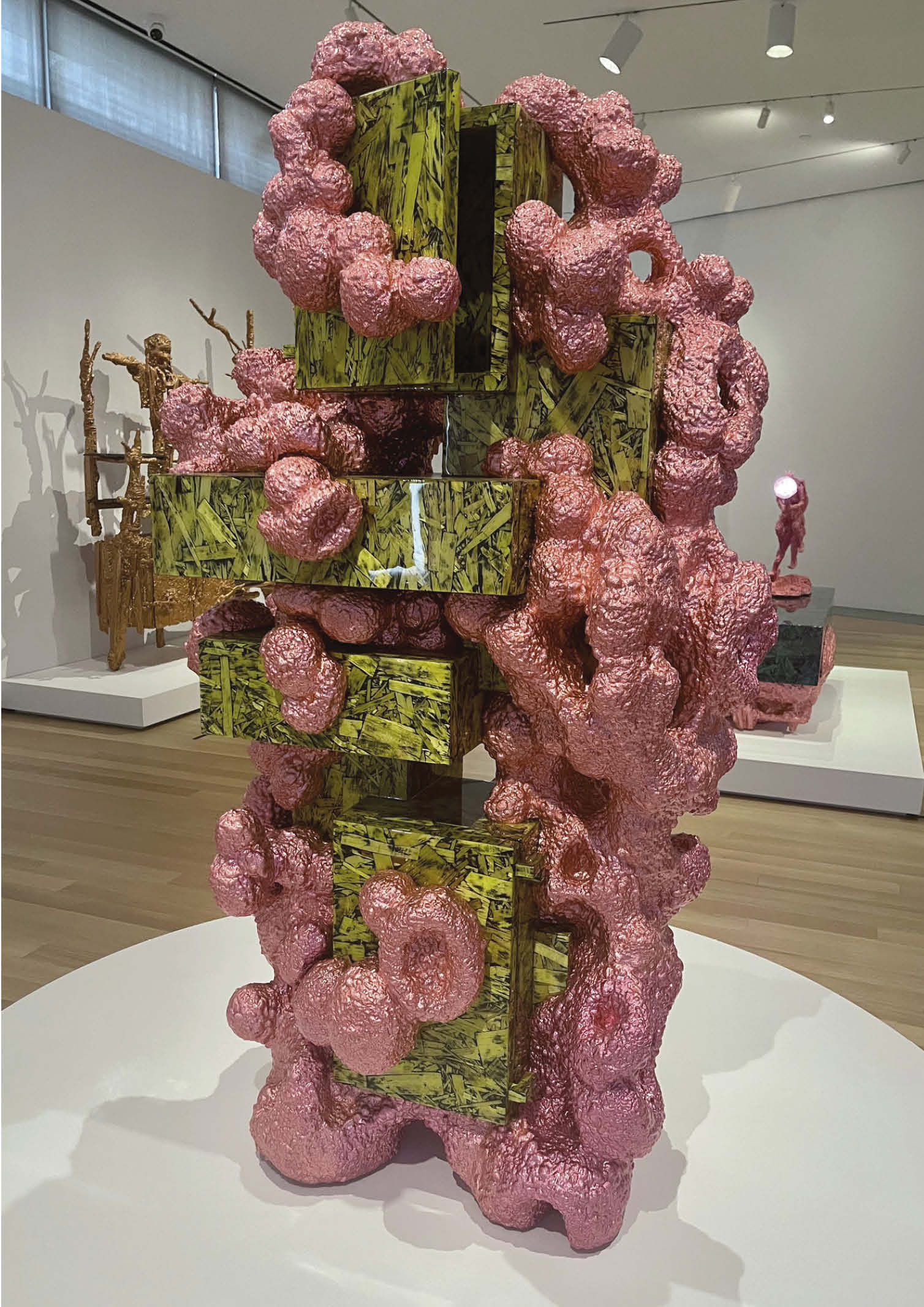
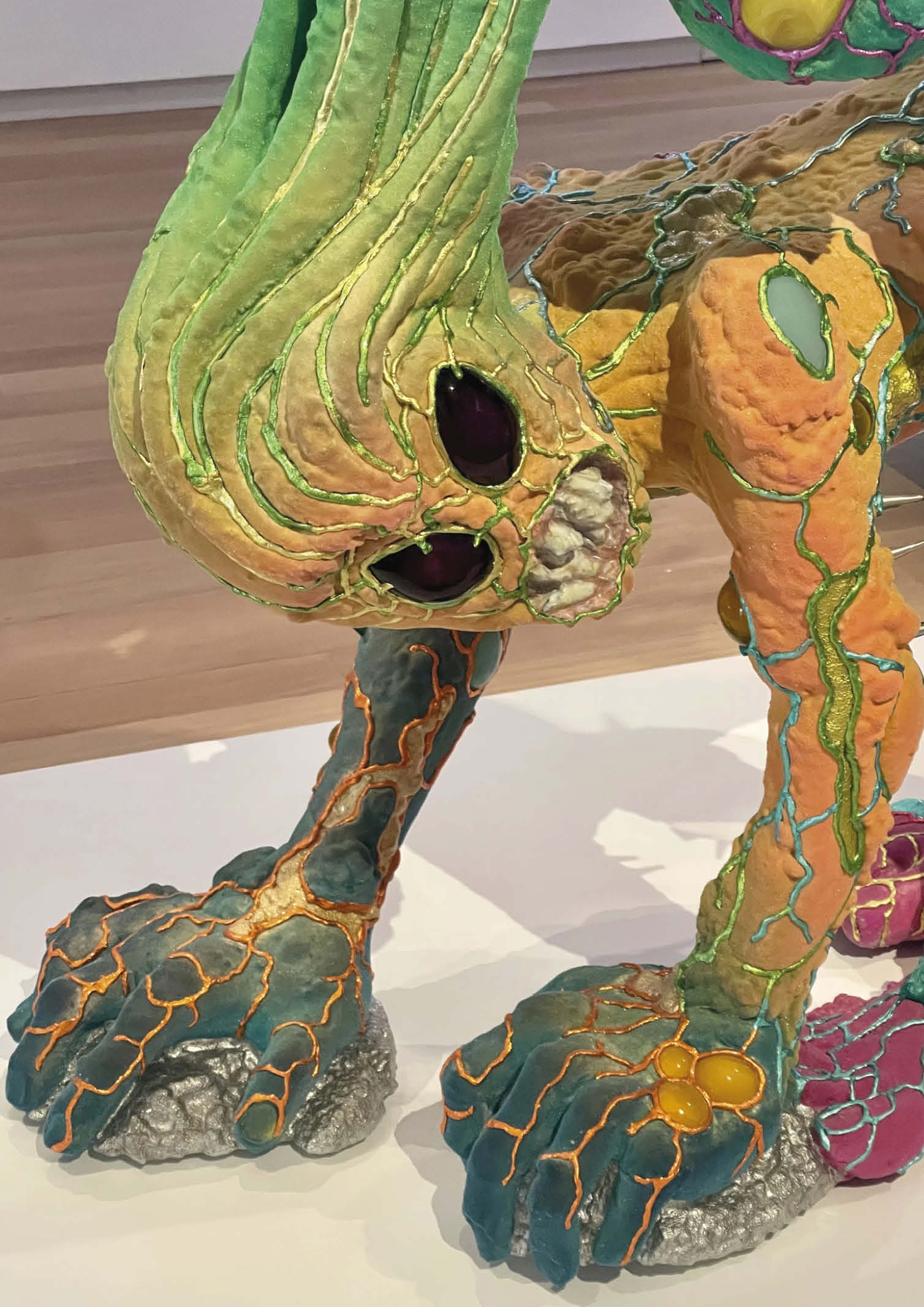

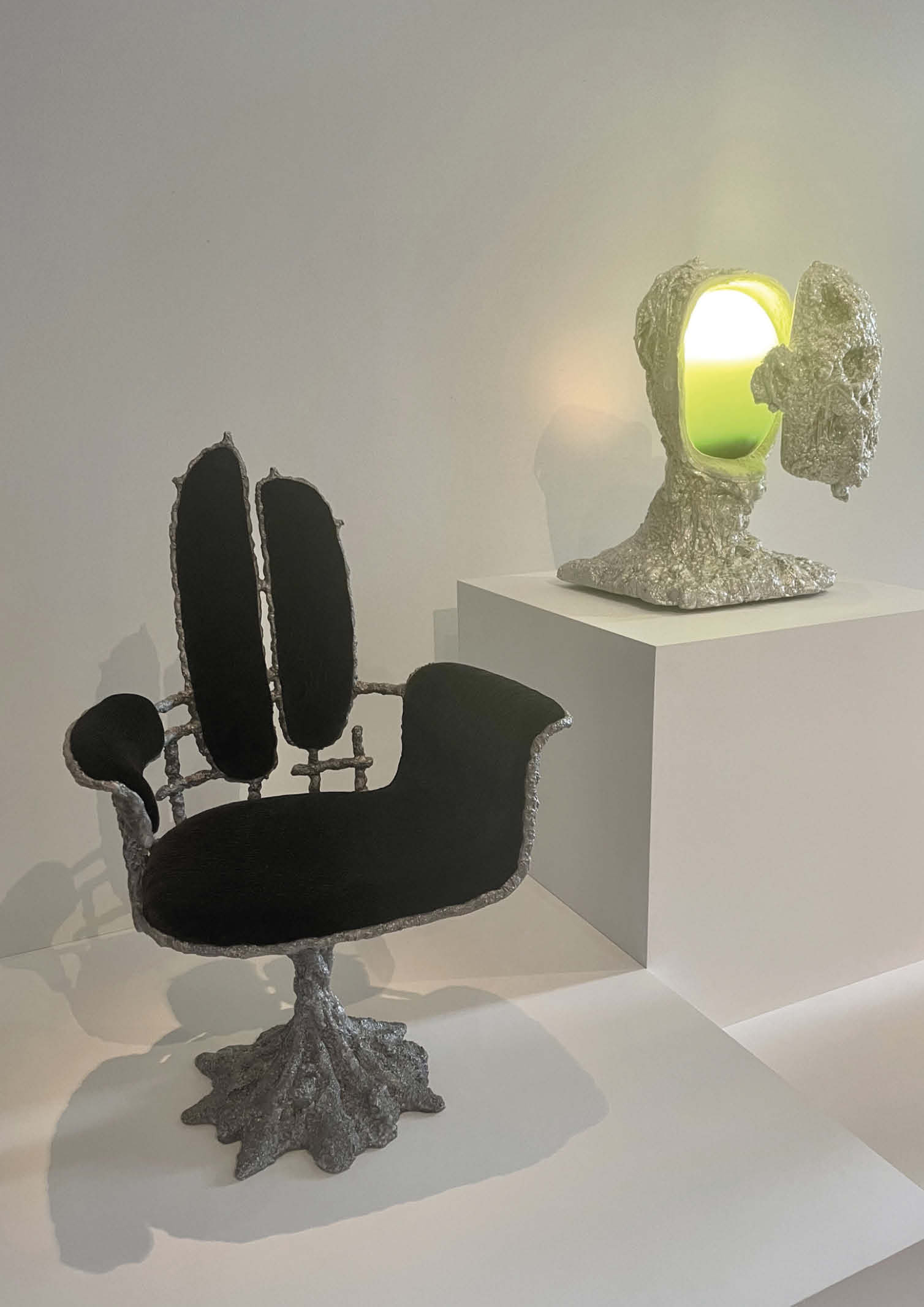
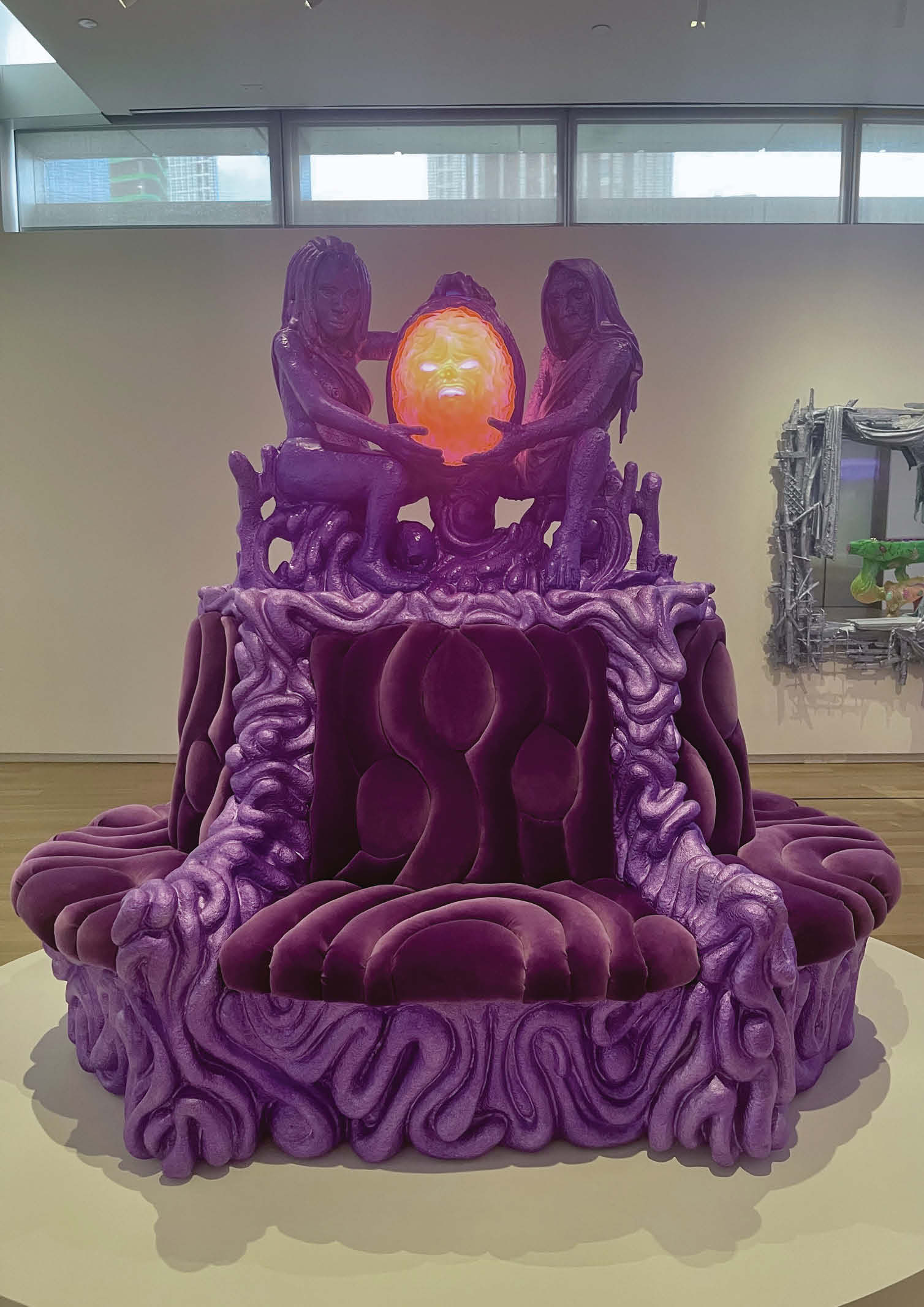
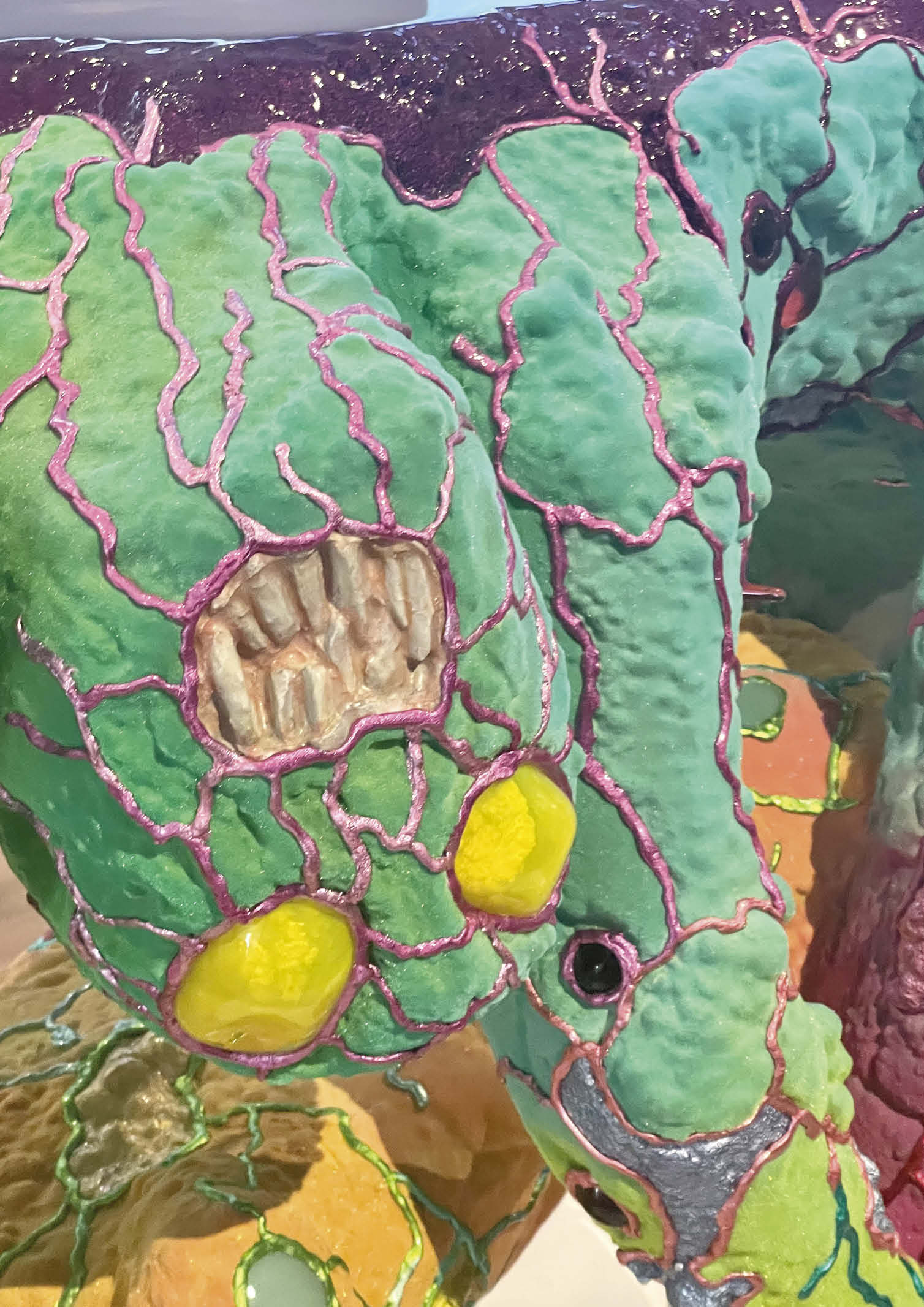
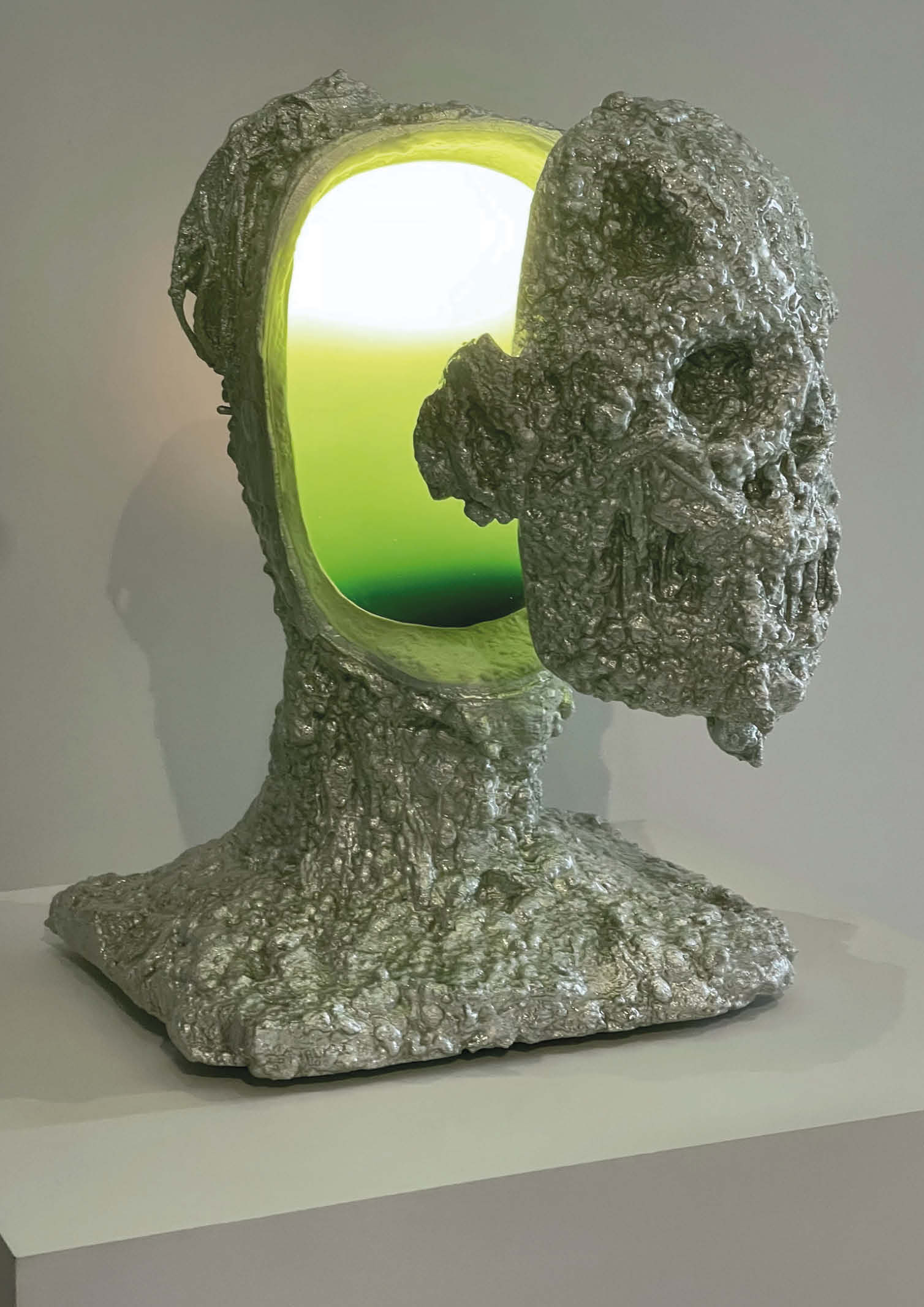
Schanck blurs the line between art and design, generating pieces that transport us to a psychedelic future.
“Living the future” at Casa Decor 2022
Casa Decor is a European event hosted by Spain, where different designers are invited to intervene in the interior of a historical building in Madrid. At this event we found a project called “Living in the Future”, born from the creativity of the designer Simona Garufi for the Themomix brand.
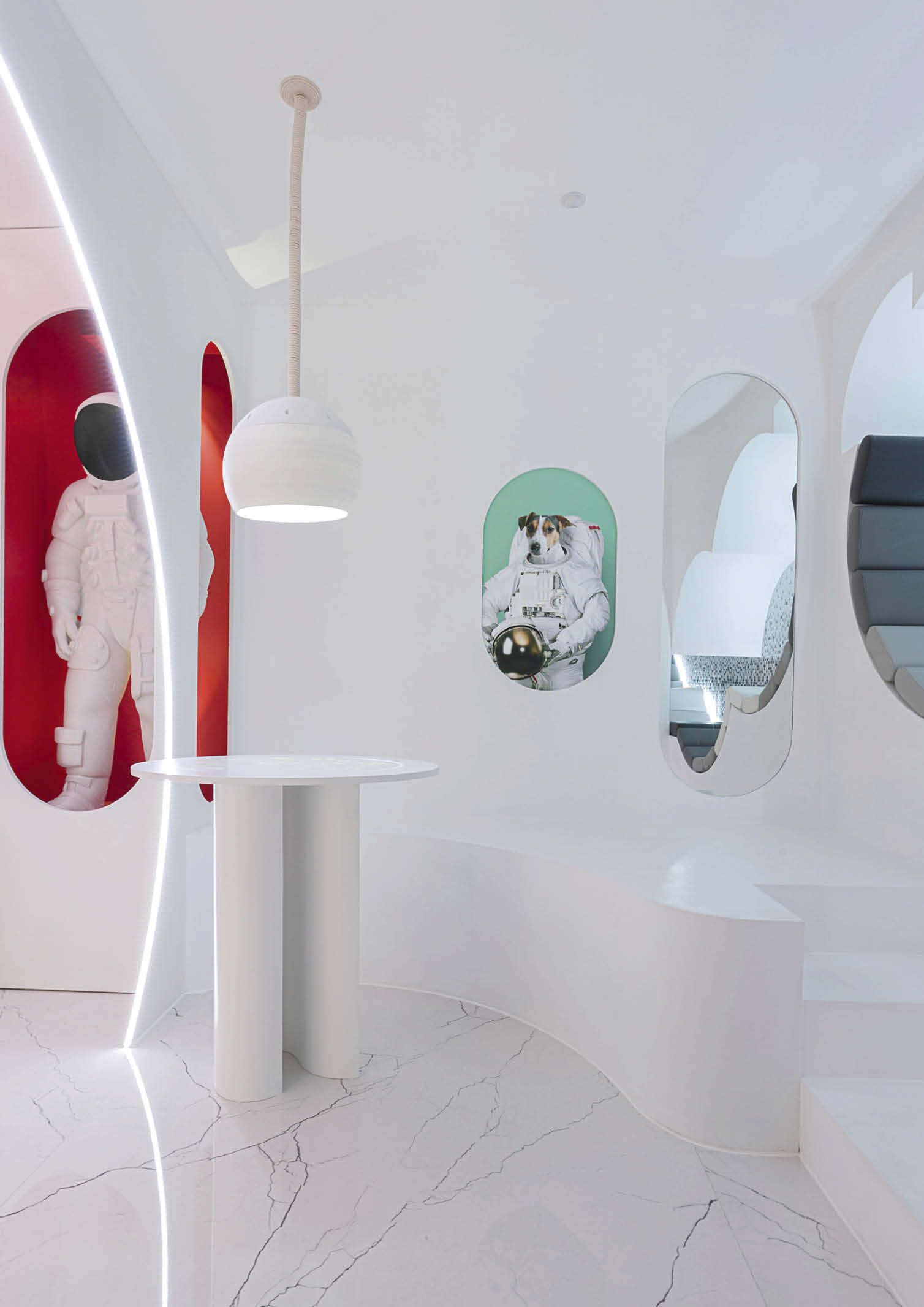
Garufi’s interior proposal teleports us to a future where the living space resembles the interior of a spaceship. Inspired by the forms of Thermomix, a kitchen robot that helps with the cooking, she has transferred the sinuosity of the structure to the entire space to create a unique kitchen/living room environment that surrounds the visitor.

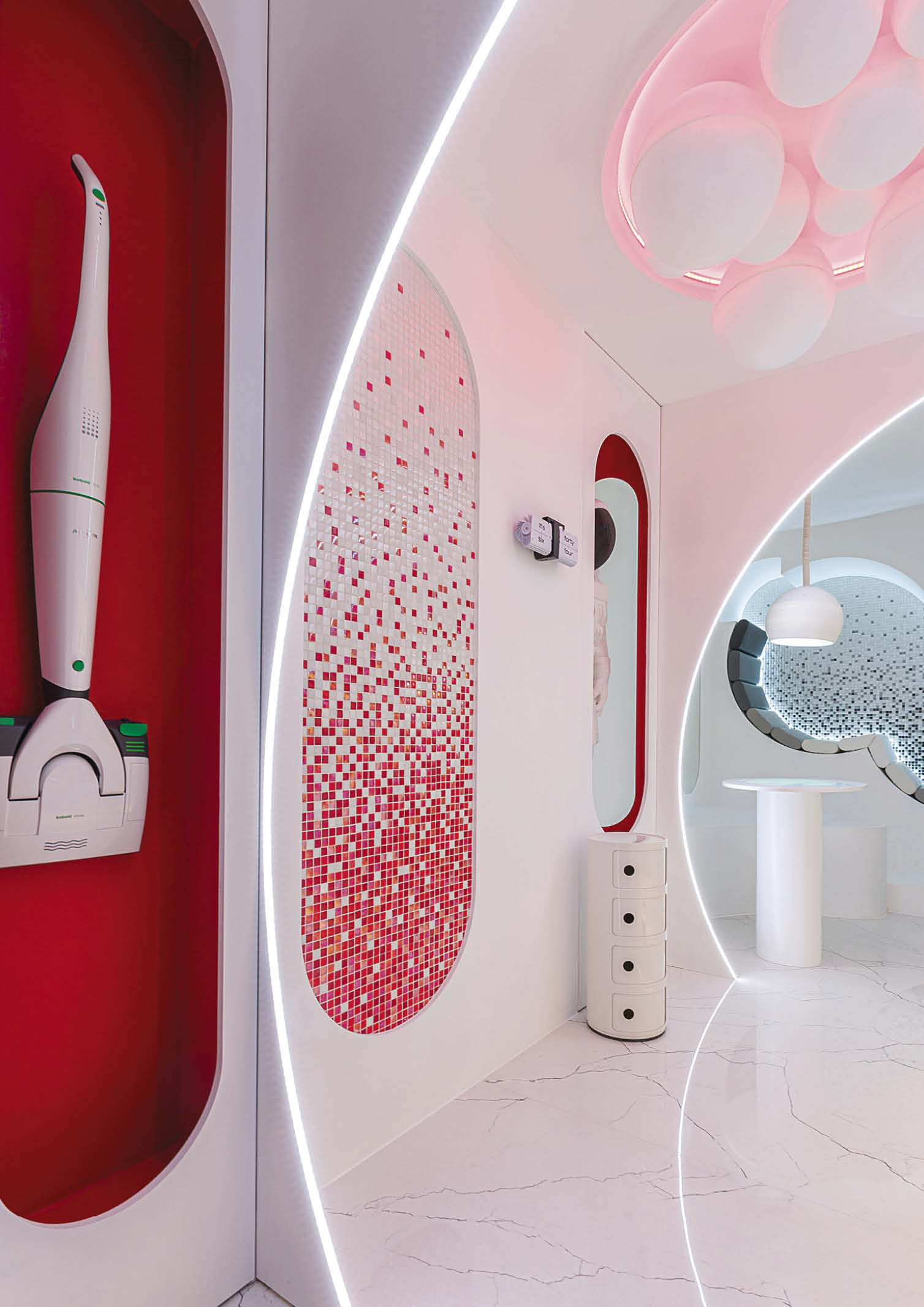

Placing the thermomix inside this futuristic interior is a type of strategy that helps position the brand under the values of innovation, and also contributes to the birth of new design styles oriented to space exploration.
Mango Teen Shops by Maquespacio
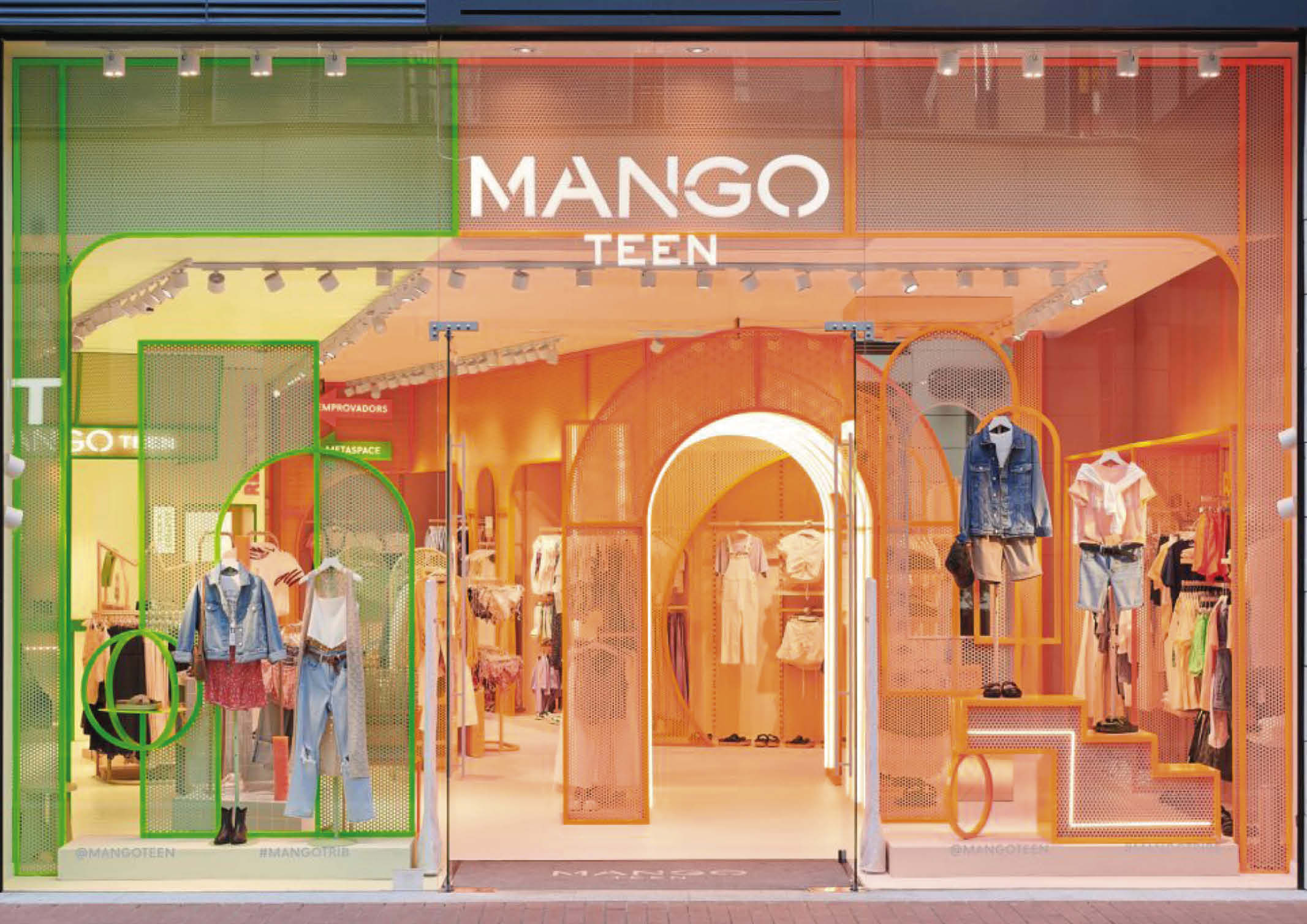
Here we can see the space identity of the future Mango Teen shops, where the Maquespacio designers have created a space that seems to play with our minds. The most interesting part of the strategic design for these retail stores are the dressing rooms, where it is intended to make dreams become reality through the design elements that play with our minds and invite the user to interact with the objects that surround them, bringing the metaverse world to reality.
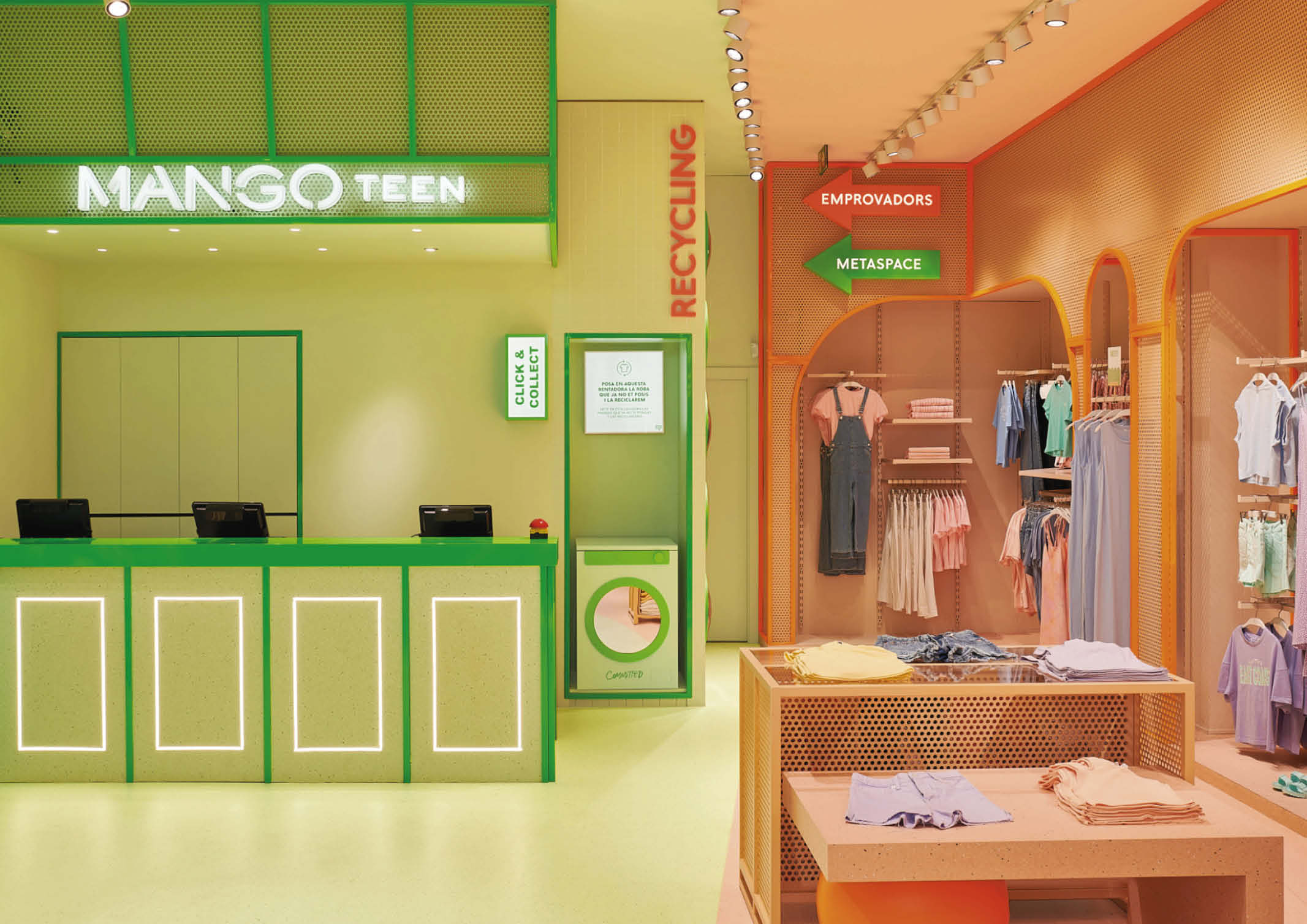
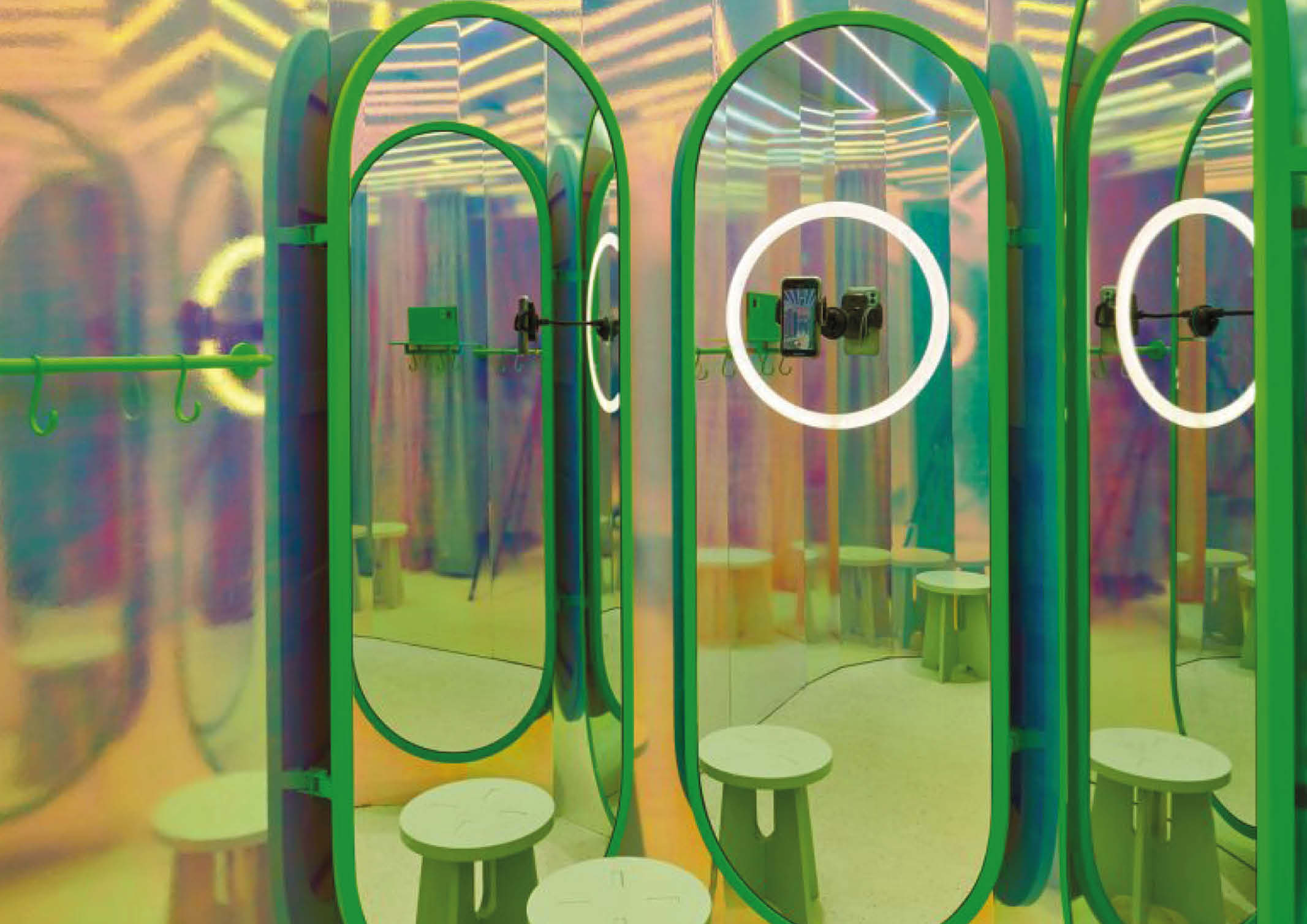
These decisions were made based on a previous analysis of the 11-to-13-year-old customer demographic. Following the realities of the new generations and understanding how to integrate the new technologies advances can help the brand innovate, increase sales and generate a new experience for the final consumer.


